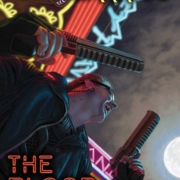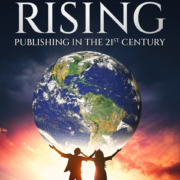Tuesday Book Review: Graphite and Turbulence by Jami Fairleigh
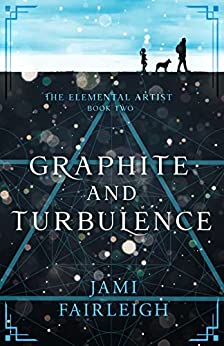
Graphite and Turbulence is Book Two of The Elemental Artist series by Jami Fairleigh. The first book, Oil and Dust, introduces Matthew Sugiyama, an Artist who has the magical ability to reshape the physical world through painting. The series is set in a post apocalyptic world where the survivors have come together to form small communities based on barter and a minimum of rules. Matthew is on a quest to find his birth family, who gave him up into the care of an Artist abbey when he was very small. His quest is opposed, both by the masters of his abbey, and by other darker forces. By the end of the first book, Matthew has gathered friends and companions on his quest, including a young orphan girl named Akiko, who, despite the prohibion of female Artists, has shown the same magical ability as Matthew. He adopts Akiko as his ward, and leaves with her to continue his search.
And that brings us to Graphite and Turbulance.
Matthew’s quest continues, but now he is caring for a small child and learning that parenting is not for the faint of heart. There are twists, and shocking revelations, and much like the first book, Matthew accumulates injuries fairly regularly along the way. Made of cast iron, he is not. But he is stubbornly persistent, and that takes him a long way towards meeting his objectives.
What I liked about this novel is its depth. The narrative drives everything, as it should, but the story functions on several different levels, as a commentary on current society, and an exploration of what family means for two examples. Matthew learns that the easy answers he was given in the abbey don’t always work in the larger world, and that dealing with people is always messy.
As the title suggests, the series plays a lot with the idea of duality, both in opposition and in support. Graphite, for example, is used as an artistic medium, and as an engineering lubricant. Physical and emotional turbulence abound, and the effect it has on the characters as well as the story is profound as Matthew struggles to find his place in the larger world, and to keep his friends and family safe and whole.
There are some major revelations in the book, and people are not always who they seem to be. Matthew has to learn who he can trust, and that is always a hard lesson.
Once again, Fairleigh has created a series of memorable characters while telling a story that immediately engages and challenges your imagination.
And for those of you who, like me, are not a big fan of cliffhanger endings, you can relax. Yes, it sets up the next book, but it doesn’t leave you hanging. Except for…well, I won’t spoil it for you.
Five Stars.

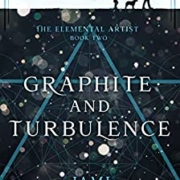
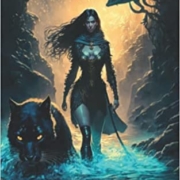
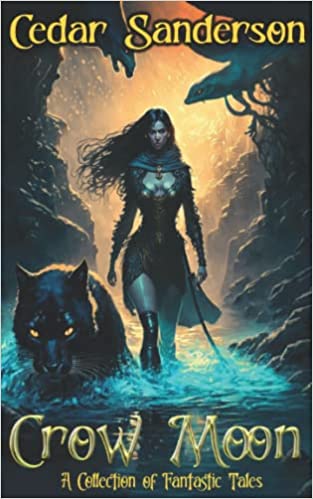 Crow Moon is a collection of eight short fantasy tales by writer, editor, artist, publisher, and lord knows what else Cedar Sanderson. Sanderson, who did the art for the cover, also produced artwork for each of the stories. something that set this book apart, and made it worthwhile to purchase a physical copy instead of just the ebook.
Crow Moon is a collection of eight short fantasy tales by writer, editor, artist, publisher, and lord knows what else Cedar Sanderson. Sanderson, who did the art for the cover, also produced artwork for each of the stories. something that set this book apart, and made it worthwhile to purchase a physical copy instead of just the ebook.